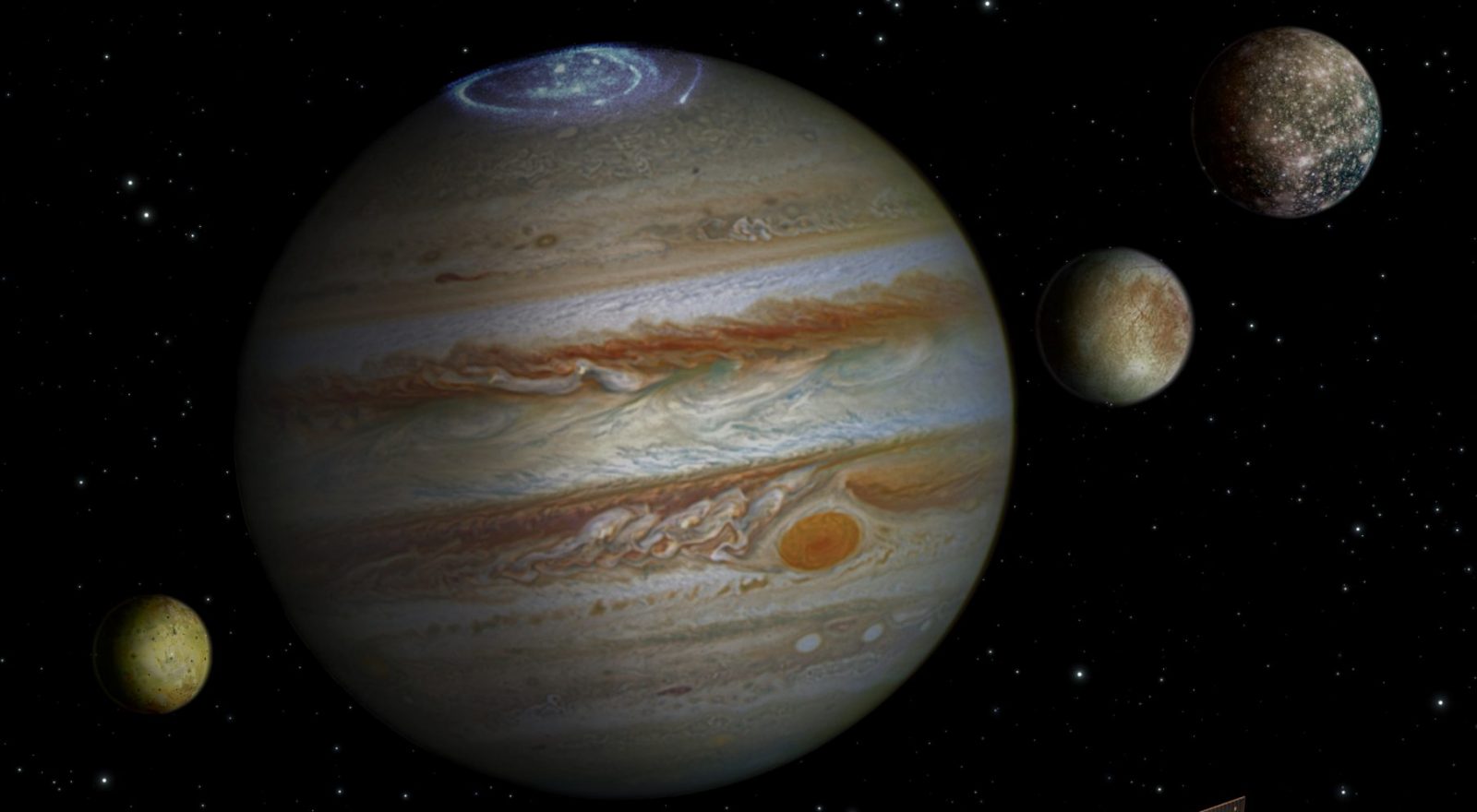Towards Jupiter’s moons, the radar is ready
ESA (European Space Agency)'s instrument for the Juice mission, which sees the Trentino research system as a protagonist, has been delivered
The Rime radar is ready to face its mission to discover Jupiter and its big icy moons Ganymede, Europa and Callisto.
The tool developed for the European Space Agency ‘s Juice mission was delivered to be installed on board. The project sees Trentino-based research as the protagonist. In fact, the Principal Investigator of the radar project is Lorenzo Bruzzone, with the University of Trento, who is also the scientific coordinator, while the coordinator of the technical part is Francesca Bovolo, with Fondazione Bruno Kessler.
The news was released by the Italian Space Agency (ASI).
«Since Galileo’s discovery, numerous hypotheses have been formulated on the subsurface structure of Jupiter’s moons, that have stimulated the imagination of many researchers» said Lorenzo Bruzzone, with the University of Trento and Principal Investigator for the radar. «Now we have finally taken the first step towards the possibility of writing a new essential scientific page. For the first time, we will be able to unravel some of their mysteries and explore them under the surface in search of traces of water ».
The Rime radar (which stands for Radar for Icy Moon Exploration), commissioned by ASI to Thales Alenia Space and built in the facilities in Rome and L’Aquila, was delivered to the German company Airbus Space which will integrate it on the ESA Juice probe for studying Jupiter and its icy moons. The take-off will be in 2022, the arrival on Jupiter in 2030.
Italy has contributed to the creation of the instrument for the Juice mission (from the initials of JUpiter for ICy Moon Explorer) through the Italian Space Agency in an international partnership with NASA’s Jet Propulsion Laboratory.
It is an instrument capable of paving the way for exceptional discoveries as Rime will for the first time carry out direct observations under the icy crusts of the moons Ganymede, Europa and Callisto. After the historic Voyager and Galileo missions, Juice will allow a leap forward from the point of view of scientific knowledge. In fact, this mission intends to analyze the various processes active in the Jovian system, that are essential to understand what are (and what have been in the past) the conditions of “habitability”, in terms of elementary life forms, of the Jovian moons. Furthermore, the functioning of the solar system and the conditions necessary for the formation of planets will be investigated.
Further details at: https://www.asi.it/2020/11/il-radar-rime-pronto-per-juice/
